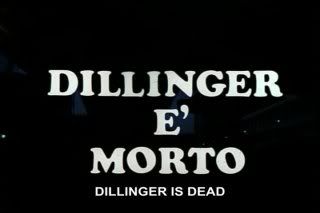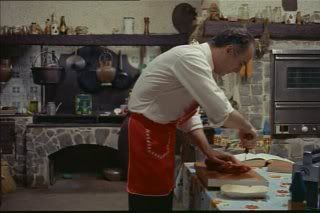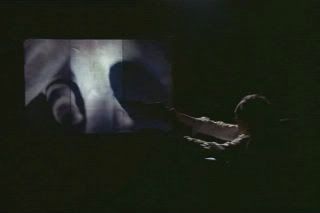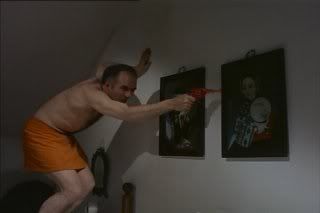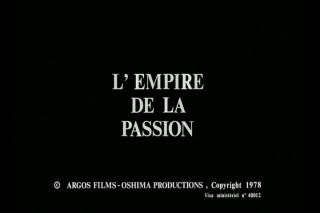
PLOT:
A torrid affair between the young Toyoji (Tatsuya Fuji) and an older housewife, Seki (Kazuko Yoshiyuki), rages out of control. When their erotic play goes too far, the couple find themselves painted into a corner. At Toyoji’s urging, the two hatch a scheme to murder Seki’s husband, Gisaburo, by getting him drunk and strangling him. Soon, Toyoji becomes obsessed with scattering dry leaves into the well where Gisaburo’s corpse is hidden, and the rumours coming from the village’s gossipy women begin to get under Seki’s skin. It isn’t long before the ghost of Gisaburo appears in Seki’s home, tormenting her and her lover…
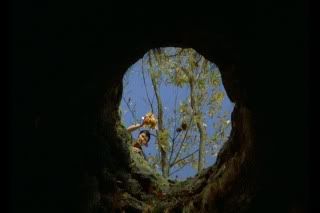
REVIEW:
Set in a rural village in 1895 Japan, Nagisa Oshima’s Empire of Passion is the director’s follow-up to the notorious In the Realm of the Senses, an explicit and controversial film decried as pornography and still banned in several countries. Obviously such a film would be hard to outdo, and so Oshima cuts back on the explicit sex (though there is still that) and focuses on a more traditional ghost story.
The power of the connection between Seki and Toyoji is established early in the film. The affair properly begins when Toyoji forces himself upon Seki. In what looks like a fairly blatant case of chauvinist storytelling, Toyoji overpowers Seki, violently raping her. After that, they’re a couple, bonded by their mutual physical attraction. Those who wish to cast a generous eye towards Oshima will note that Seki’s character is older and very restrained by her position in life, especially as a woman in feudal Japan. Perhaps force was necessary on the part of Toyoji to get past those defences which were set up by society, and not by Seki’s true feelings. Once breached, they are free to share their mutual love, even if that first contact required violence.
Or maybe it’s just misogynistic bullshit. Either way, the initial sex act is followed by a few more, each one rendered fairly explicitly (if nowhere near the ballpark of In the Realm of the Senses).
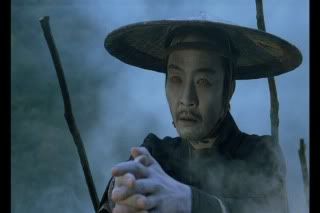
Be warned: if you’re approaching this film because you’re looking for a scare, you’re going to be sorry. Though this is a ghost film, it’s not the sort typical to America, and it certainly isn’t like the current crop of J-horror. This is a rural ghost, who acts more like a being out of old wives’ tales or folk legend. Gisaburo haunts his wife and Toyoji, to be sure, but he acts as a symbol of their guilt, a constant reminder of their crime rather than a vengeful demon or poltergeist.
Empire of Passion isn’t a very fast paced film, and I found that the first two acts dragged a bit, unraveling in a fairly predictable way. Fortunately, the last act of the film really turns up the thrills, adding a few chilling visuals that might not make you jump, but will probably make you shudder. It certainly helps that Oshima was a director with an eye for composing a striking scene.
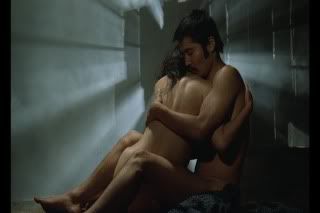
The Criterion Collection disc of Empire of Passion contains a few special features to interest the curious. Perhaps most helpful was the “video essay” by Concordia University’s Catherine Russell, comparing Empire of Passion with In the Realm of the Senses. The video essay is a good idea, since often a full, scholarly audio commentary is unnecessary, and 20 minutes or so is enough for Russell to explain Oshima’s (naïve) belief in the liberatory power of female sexuality. Interviews with the two lead actors and production consultant Koji Wakamatsu (director of the brilliantly titled Go Go Second Time Virgin) are nice bonuses, but probably won’t add a whole lot to anyone’s appreciation of the film.
Empire of Passion is a fine film, no doubt, but unless there’s something in particular that draws you to the film--the explicit sex, the director, the ghost story--it’s nothing that anyone needs to rush out and see.





























